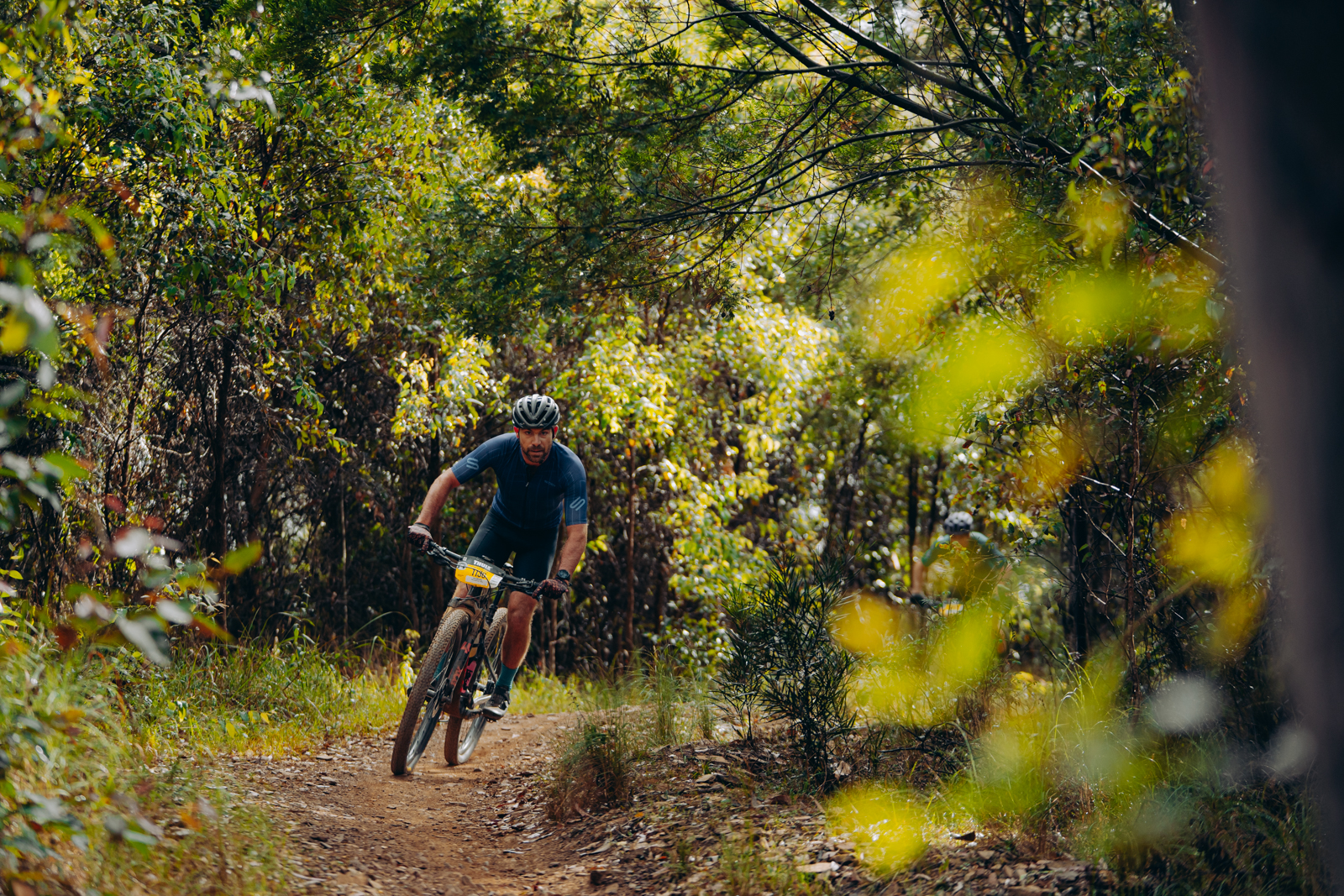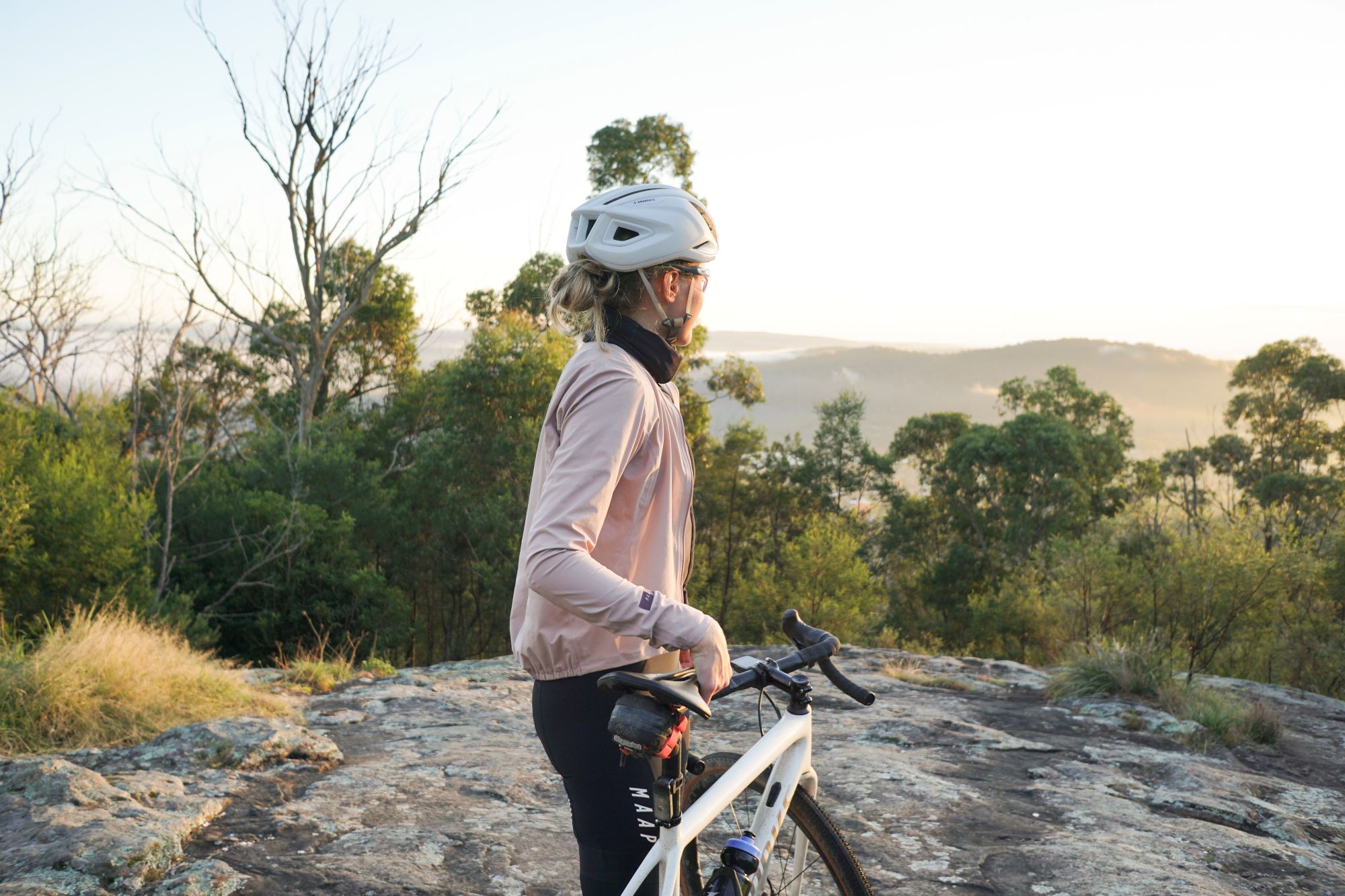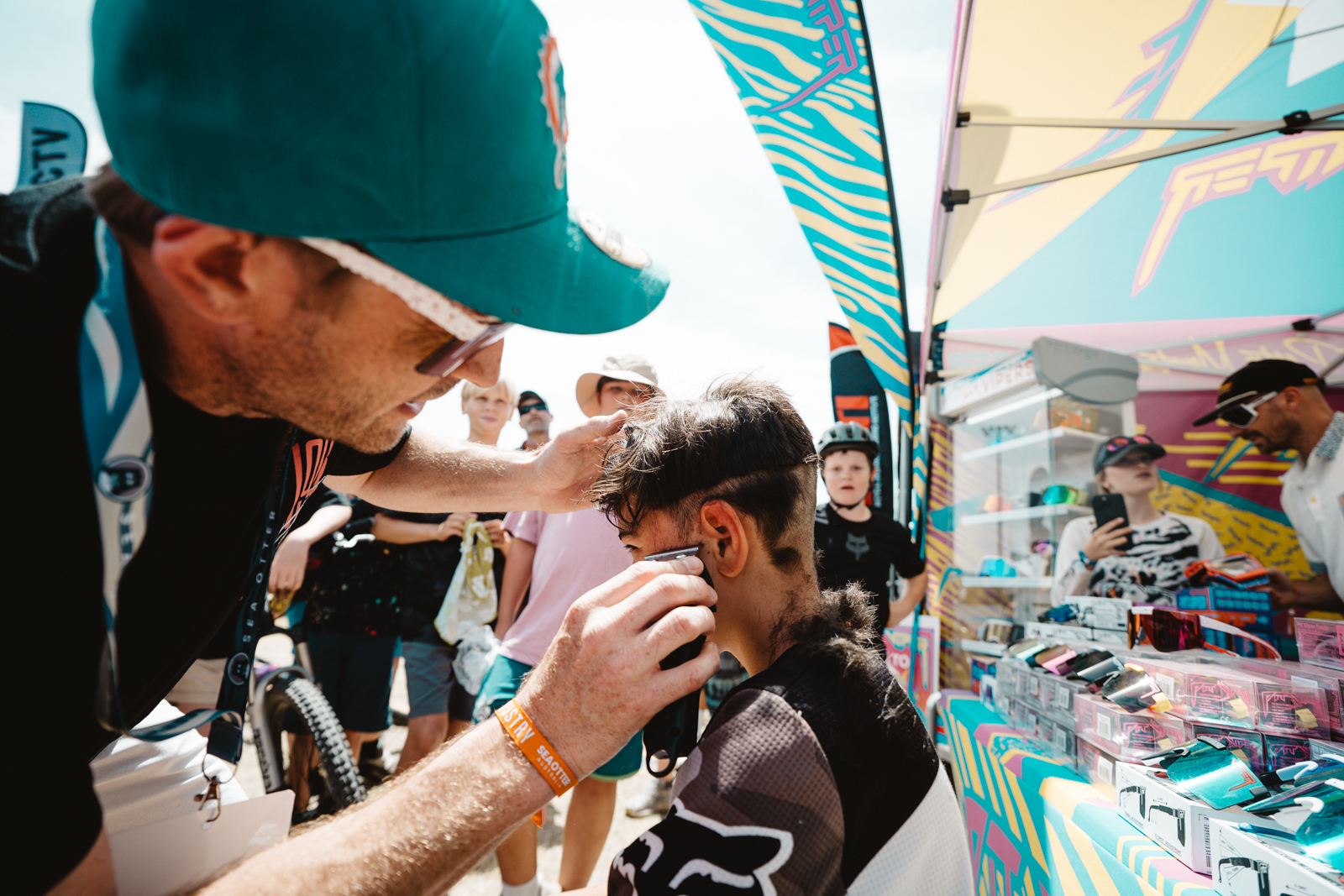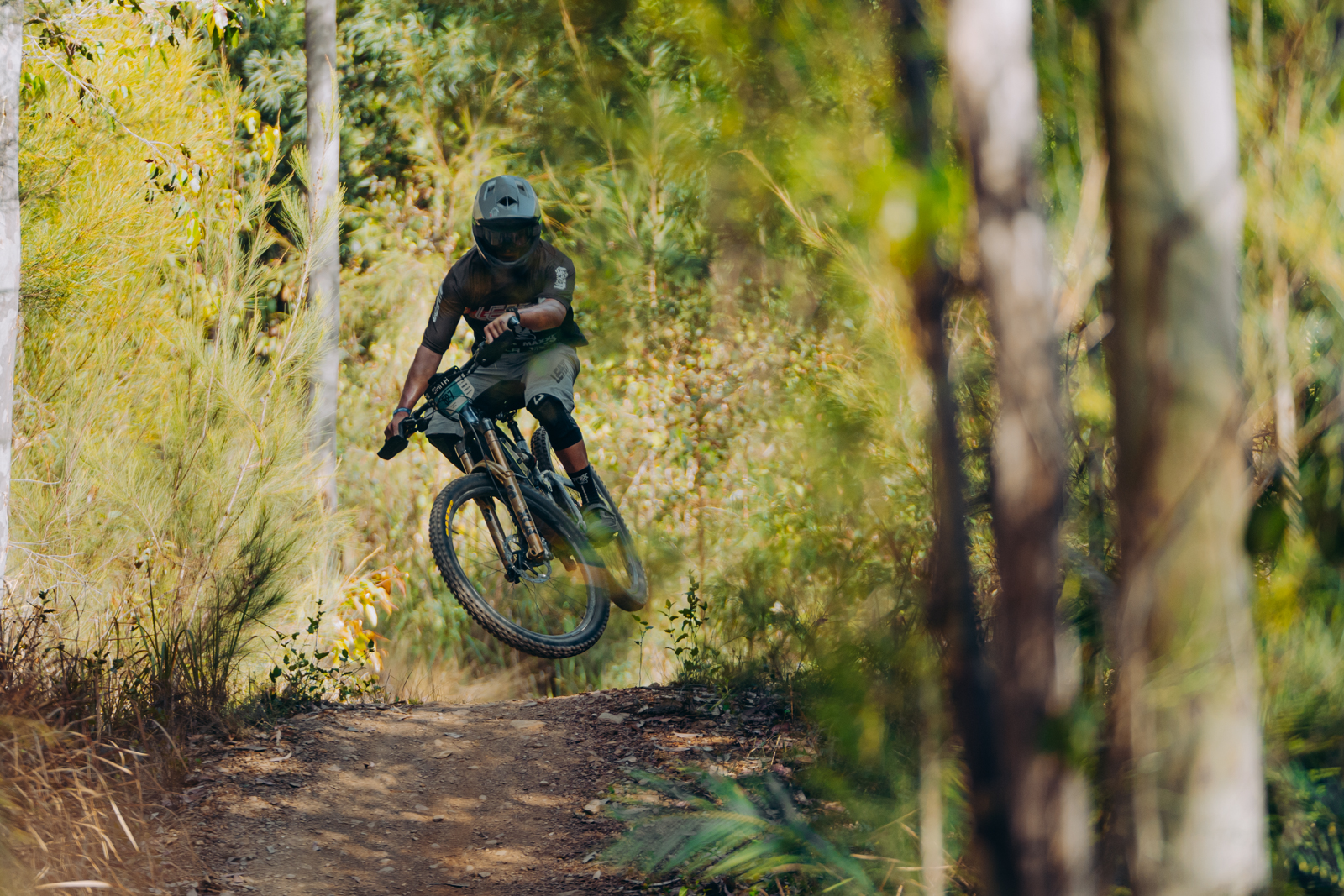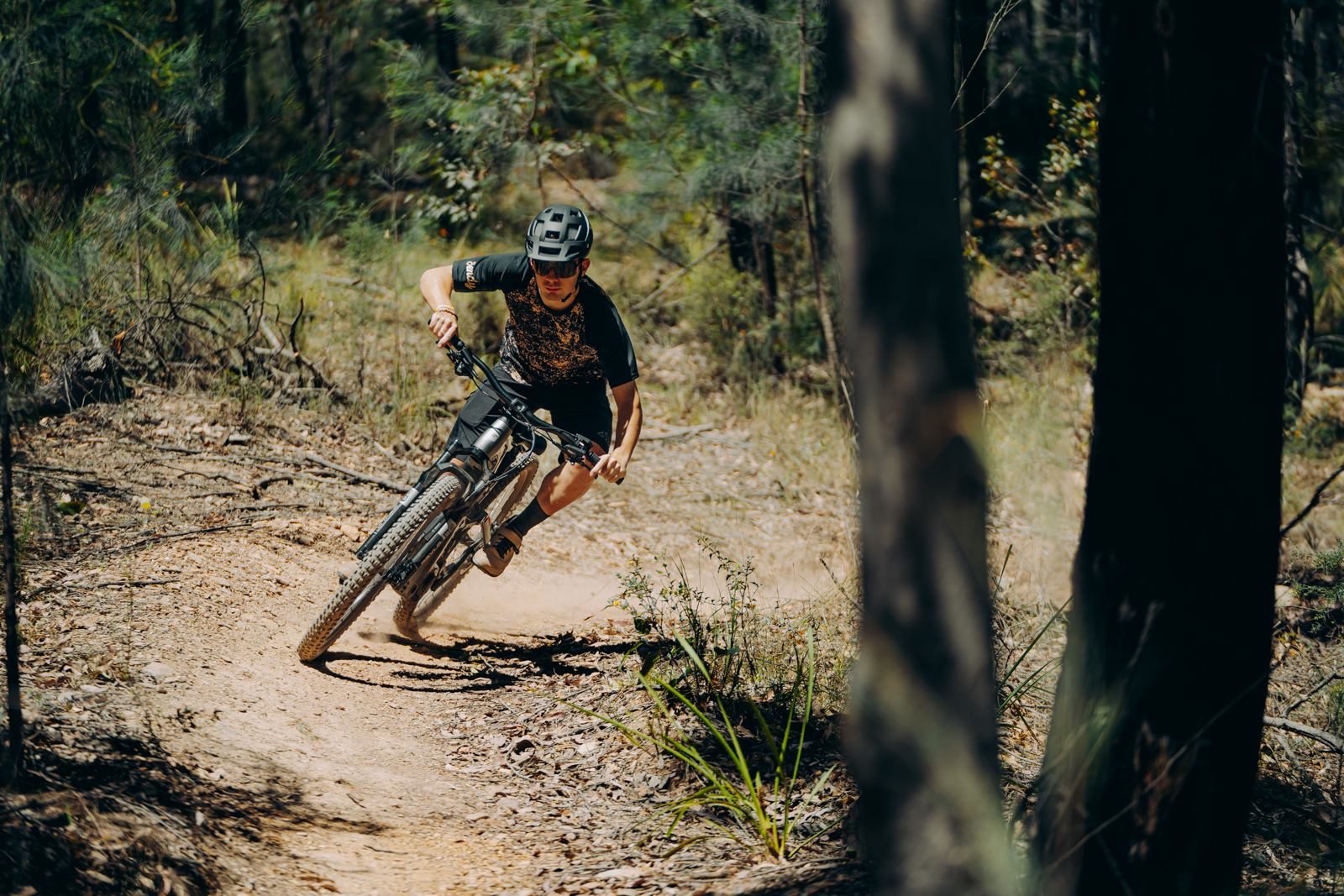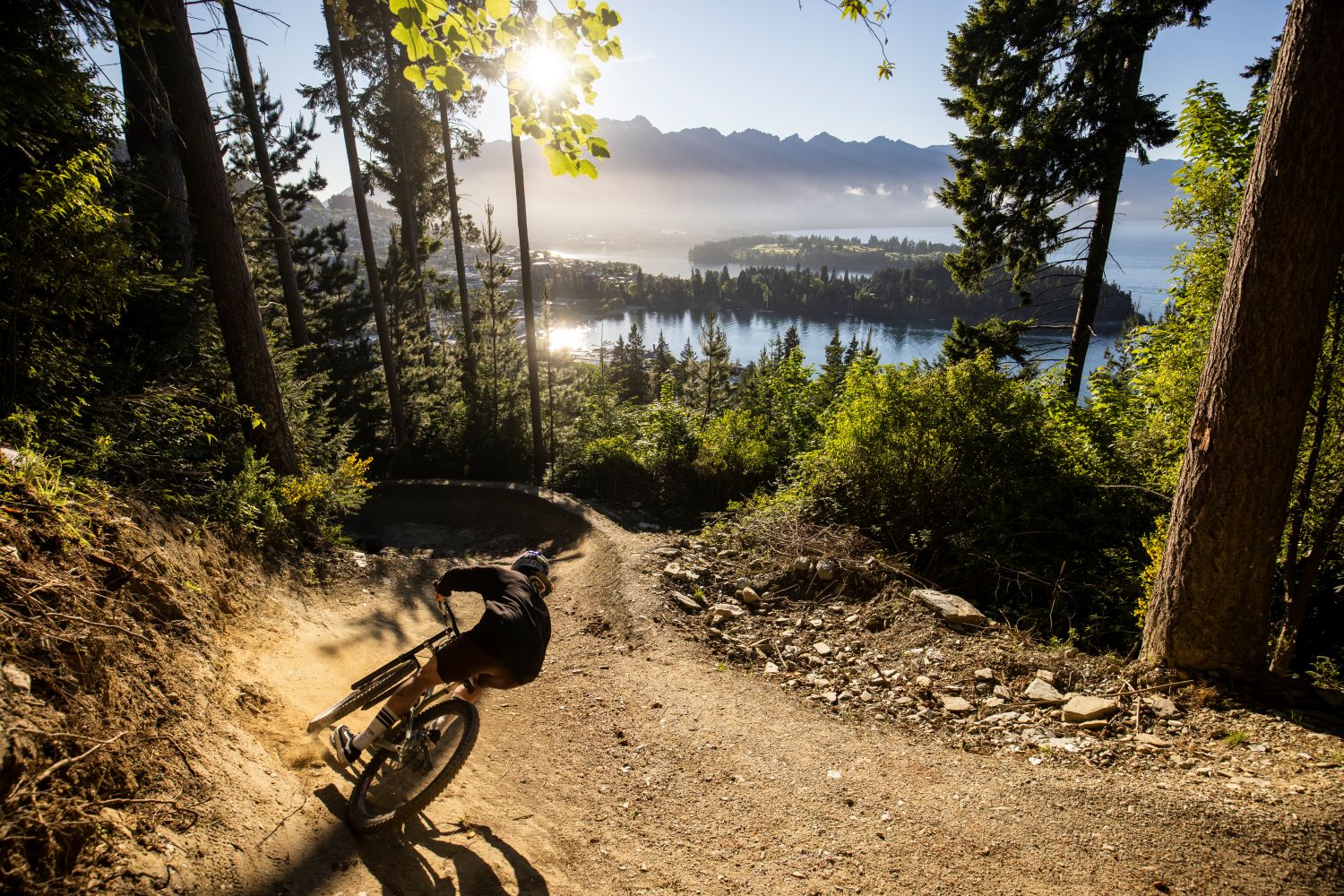What's the best MTB rim width?
Unravel the mystery that is rim widths and find out what's best for you.
With tyre development and rim development becoming more hand in hand then ever before we are seeing tyres specifically being made for the now trendier wider rims. So we decided to perform our own set of tests to find a bit of balance in this world of standards and trends we call mountain biking. To do this, we partnered with DT Swiss, one of the world’s leading wheel manufactures who supplied us with their 3 most popular selling rim widths hand built to DT Swiss 350 hubs. And thanks to LinkSports we used Onza (another Swiss brand) IBEX in 27.5 x 2.4” tyres in their Free Ride casing to make sure the tyres we used were consistent. We also approached Lindt Chocolates to complete the Swiss affair but are still waiting on a response.
Method for the madness
We used the same size tyres and model for all the rim widths. To help with setting up a baseline for our test we used the same Rocky Mountain Altitude fitted with a ShockWiz across 3 trails all of which offer different conditions. The trails used to create our baseline are Little Seymour linked to Breakout and Rolla Coaster linked with Slick Rock and Double Dissolution at Stromlo Forest Park. To add some speed into the mix we also used the full length of the Flow Trail at Thredbo Resort. Once a baseline air pressure has been setup on the widest of the rim profiles we then applied this to all rim profiles in an effort to create accurate data.
Words: Ben Morrison Photos: Nick Waygood

RIM MODEL
XM 481
–
30MM Internal rim width
The XM 481 is labelled as an All Mountain rim in the DT Swiss line-up, however, some confusion often arises as this category can mean different things depending who you talk to, not to mention we will be assessing two different rims from within this category. However, mostly we are looking forward to seeing how the XM 481 handles itself and then compares to the XM 421, both classified as All Mountain yet with 5mm difference in overall rim width. We do expect that these wider rims will prove to be the most sturdy and durable out of our three test wheels and across our three chosen trails, but enough of this chitchat, let’s get setup and get out there!
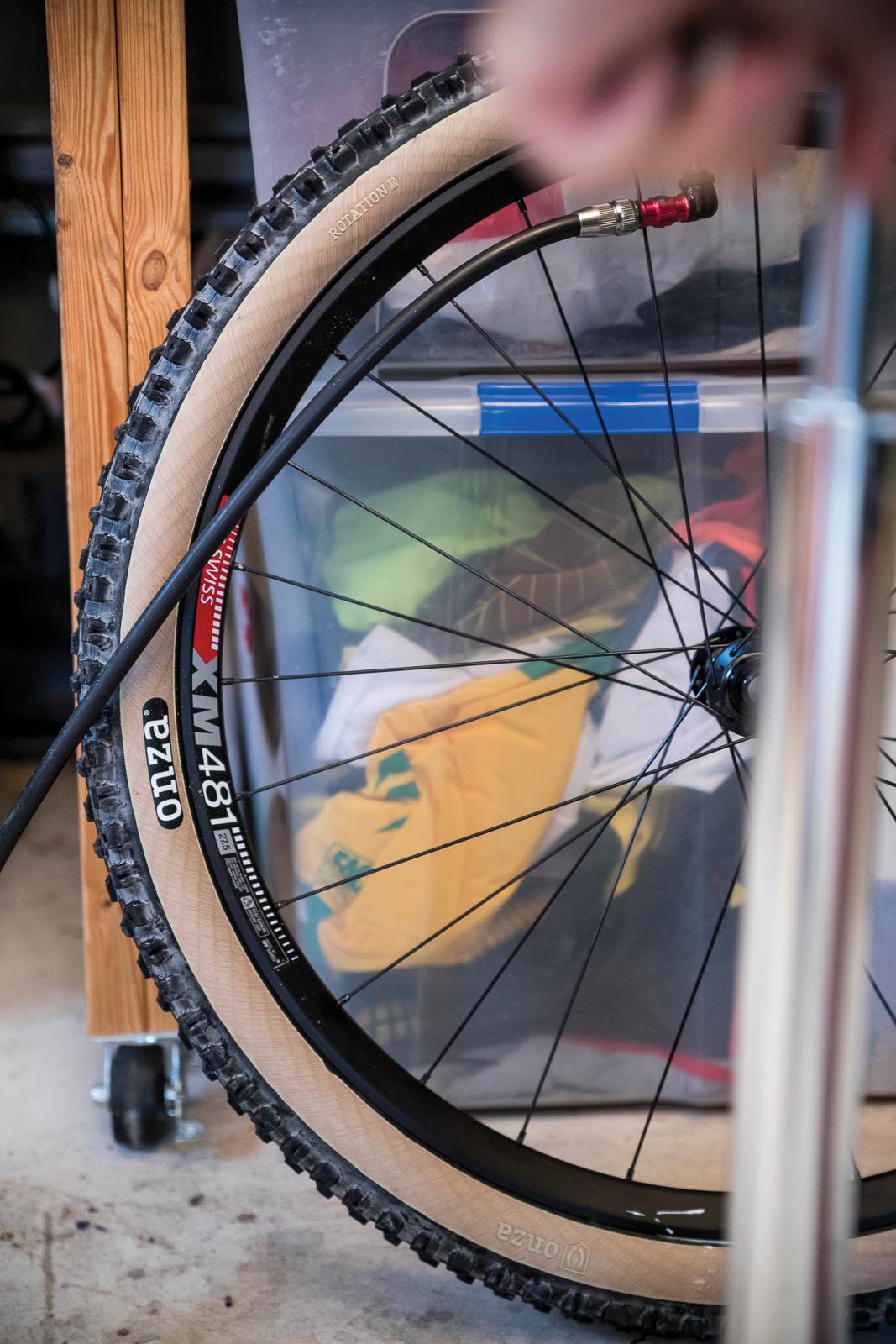
THE RIDE
As this was the first set of wheels and tyres we setup for this test, along with perhaps being the most suited to our 160mm travel test bike, we started with our baselined air pressure (rear pressure of 27psi and a front pressure of 25psi) and suspension setting using a ShockWiz. Out on the trails this setup did offer very low rolling resistance and little to no tyre roll on turns, but was lacking the grip we were chasing equally across the three tracks. This was to the point where out on the Thredbo Flow Track our ShockWiz wanted us to change most of our settings as it searched for enhanced grip. Feeling fast doesn’t always mean faster, especially if you’re fighting the bike for grip and the ability to slow down.
We reduced the air pressure in both front and rear tyres by 2-3psi each. Now, this does not sound like much but we wanted to see if by making minimal changes we are able to determine their sweet sport. For interest, it turns out that these changes to air pressure produced a similar setup used on a set of Stan’s rims and Maxxis tyres.
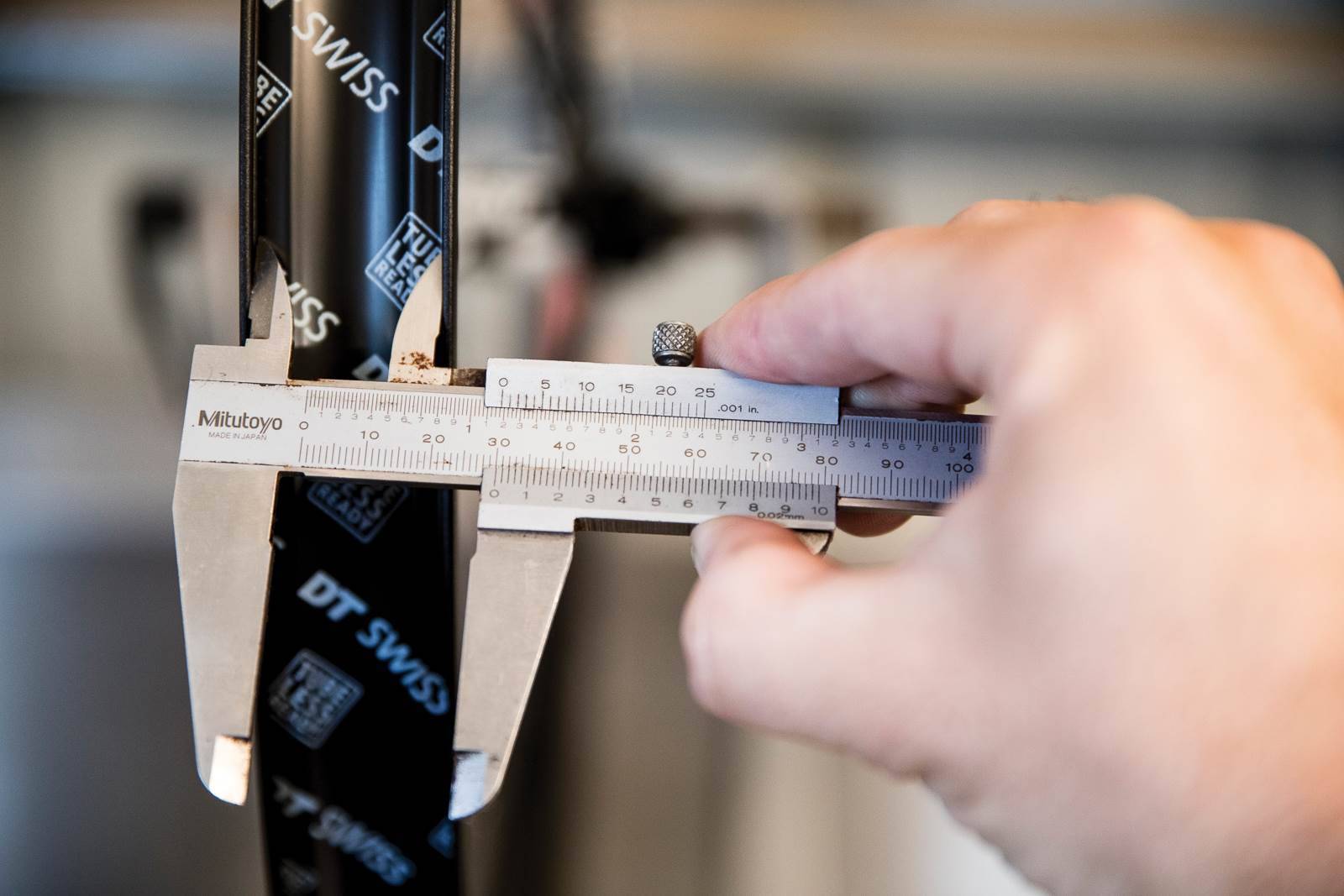
Having now dropped our pressures to 25psi rear and 22psi front, the changes were surprising and delivered instant improvements across the board with even the ShockWiz showing us green lights again. To be sure however, and with this current setup now looking like it could be the best of both worlds when discussing grip and speed, we took the plunge and dropped even more air out. Now sitting on 23psi in the rear and 20psi in the front it was obvious straight away on our Stromlo Forest Park trail, Little Seymour, that we were now operating in the territory of maximum grip for the front and rear and under hard landings and hitting corners at high speed the amount of movement in the tyres and potential for tyre roll and burping (suddenly losing air as the tyre tread maintains grip but the sidewall gives way under cornering or impact forces) would see us revert back to the previous setup.
Increasing the air pressure to 30psi rear and 27psi front delivered a rough ride and it only took a single run down each of the chosen trails to confirm that this pressure is excessive and certainly not recommended.
As a result of the above testing across our varying trails we confirmed that the sweet spot for our aggressive rider is 25psi rear and 22psi front. This setup results in the best overall performance when it comes to speed, grip and braking for the 30mm internal rim for the XM 481 when using a 27.5×2.4” tyre.
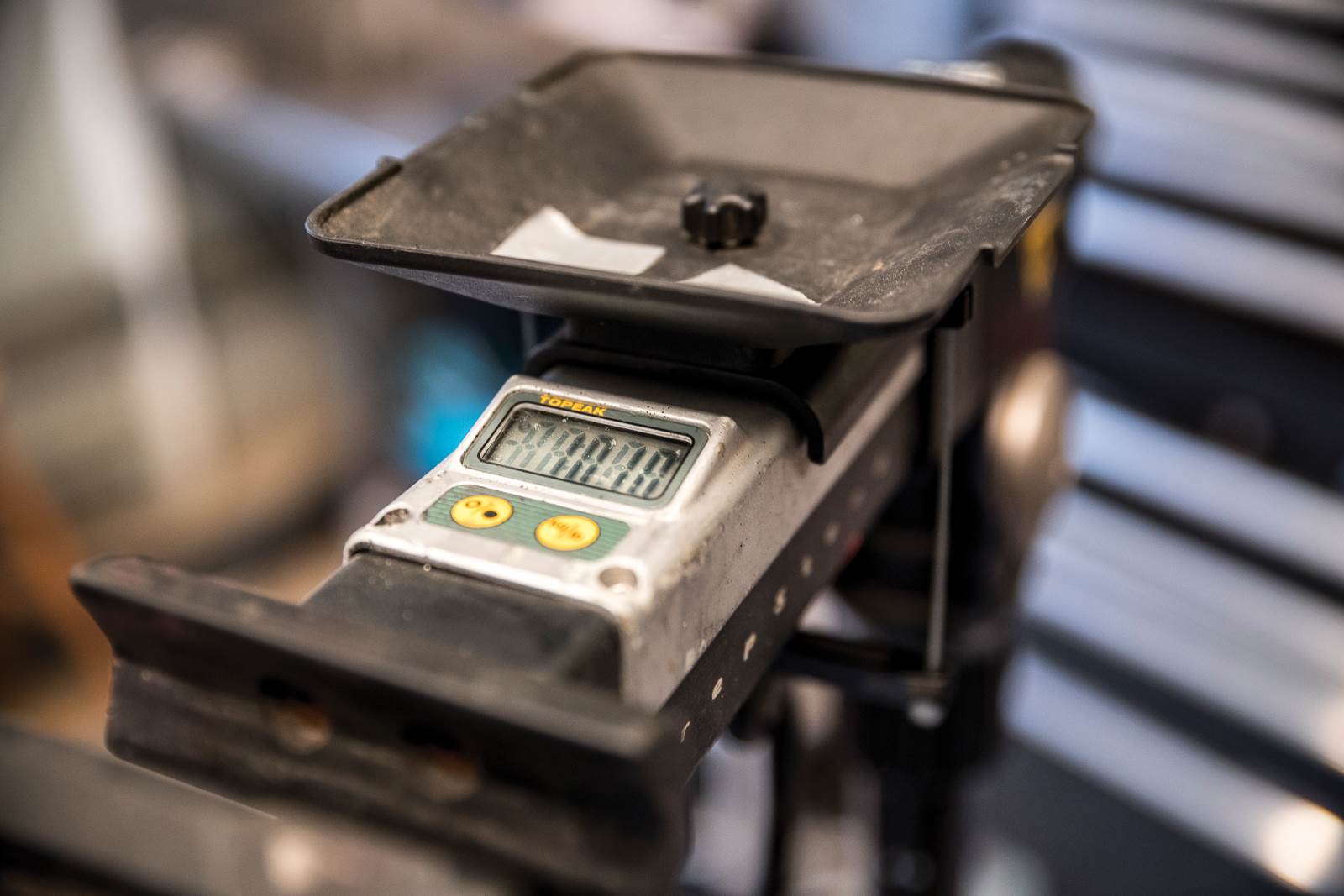
XM 481
Claimed rim weight: 490g
Internal width: 30mm
External Width: 35mm
Depth: 7mm centre
–
Tyre: Onza IBEX 27.5×2.4” skinwall
Tyre weight: 885g average
Front wheel weight: 895g
Rear wheel weight: 1010g
–
Installation pressure: 25psi
Tyre tread edge to edge: 61mm at 25psi
Tyre casing edge to edge: 56mm at 25psi
RIM MODEL
XM 421
–
25MM Internal rim width
With the XM 421 having many of the same traits and characteristics of its 5mm wider peer XM 481, was it to be expected that we would simply discover the same results, but simply be able to appreciate its slightly lighter package?
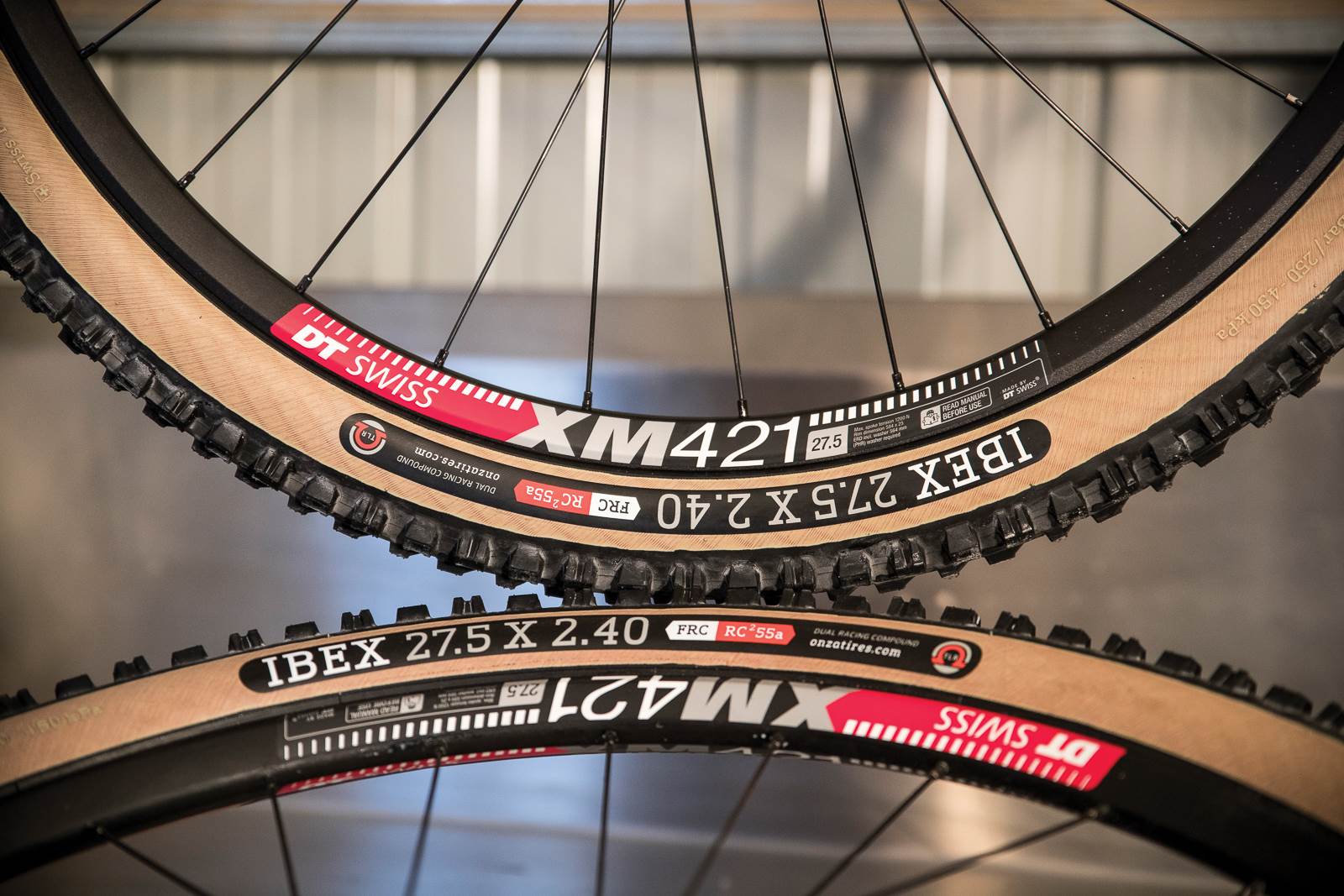
The Ride
With the XM 421 being almost identical to the XM 481, except having a 5mm narrower internal and external width, we set it up with our baseline figures and hit the trails. After several runs down our two Stromlo Forest Park trails we could feel that modifications were required – quite simply, there wasn’t enough grip provided under the baseline settings.
Moving out onto the Flow Track at Thredbo we also moved our XM 421 air pressures to match the sweet spot air pressure of the XM 481, reducing them to 25psi rear and 22psi front. Right away we were off to a much better start with improved performance until suddenly… BANG ! A massive burping off the rear tyre in one of the tight berms in the final metres of the track. After this and a few more small changes per run, similar to the XM 481 30psi rear and 27psi front did not deliver any enjoyable rides, however, by our 8th turn again down the Flow Track, we settled on the baseline rear air pressure of 27psi but maintained 22psi in the front. While this did feel a little unbalanced at times when descending at high speeds, dropping to lower pressures again would not be an option. Under lower pressures, such as reducing the rear tyre to 25psi we experienced the same burping that had occurred when riding at Stromlo Forest Park using the XR 361.
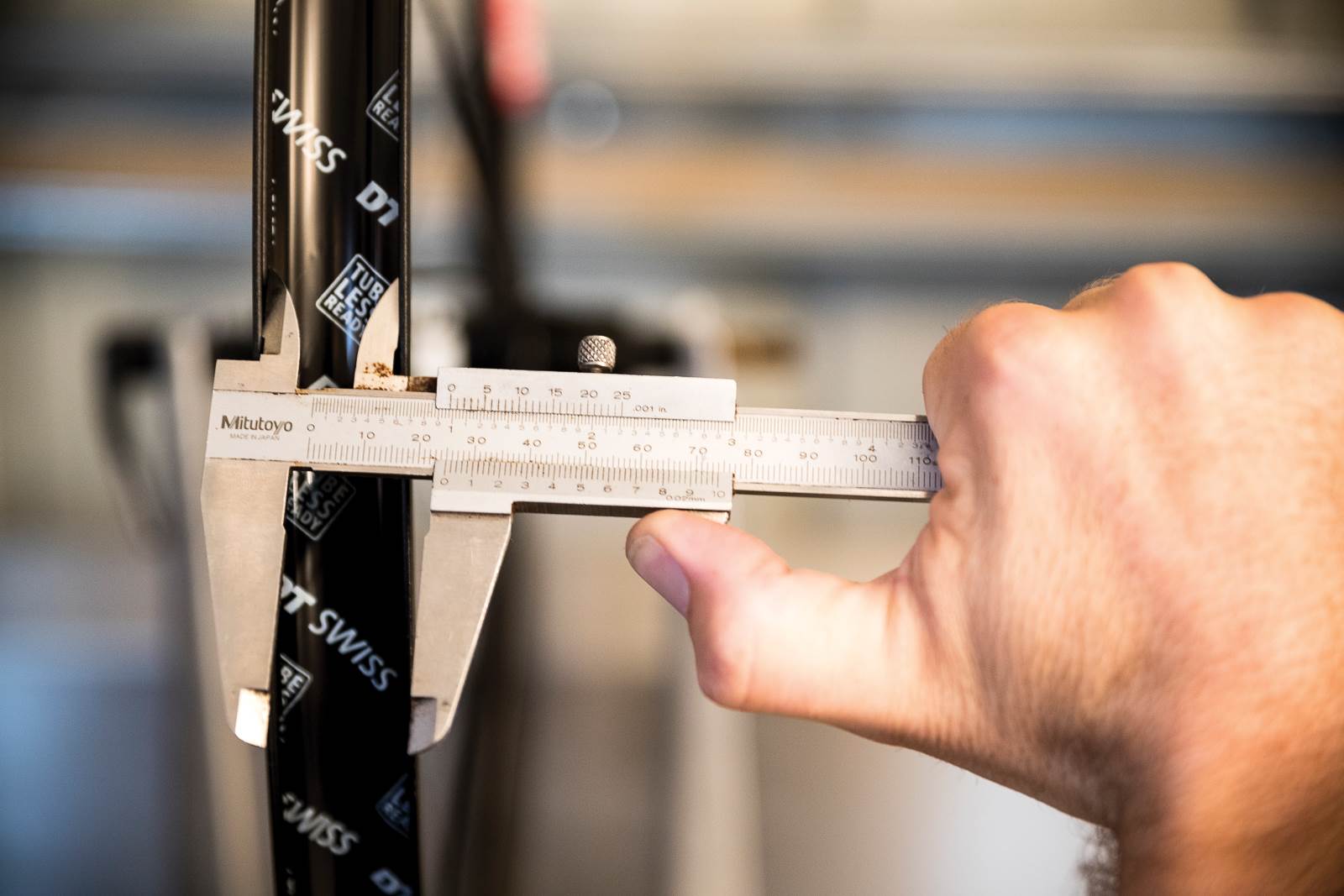
Our testing of the XM 421 when paired with a 27.5×2.4” tyre proved that the 25mm internal rim was not particularly durable, nor did it perform as strongly as its 30mm internal width peer the XM 481. However, this is certainly not a deal breaker. Perhaps using the XM 421 with a 27.5×2.3” tyre might deliver the stability and grip at lower pressures, but this could potentially also offer a rougher ride – it’s all about compromise.
Note: this smaller tyre size was not included within this test.
XM 421
Claimed rim weight: 440g
Internal width: 25mm
External Width: 30mm
Depth: 7mm centre
–
Tyre: Onza IBEX 27.5×2.4” skinwall
Tyre weight: 885g average
Front wheel weight: 850g
Rear wheel weight: 955g
–
Installation pressure: 25psi
Tyre tread edge to edge: 60mm at 25psi
Tyre casing edge to edge: 56 mm at 25psi
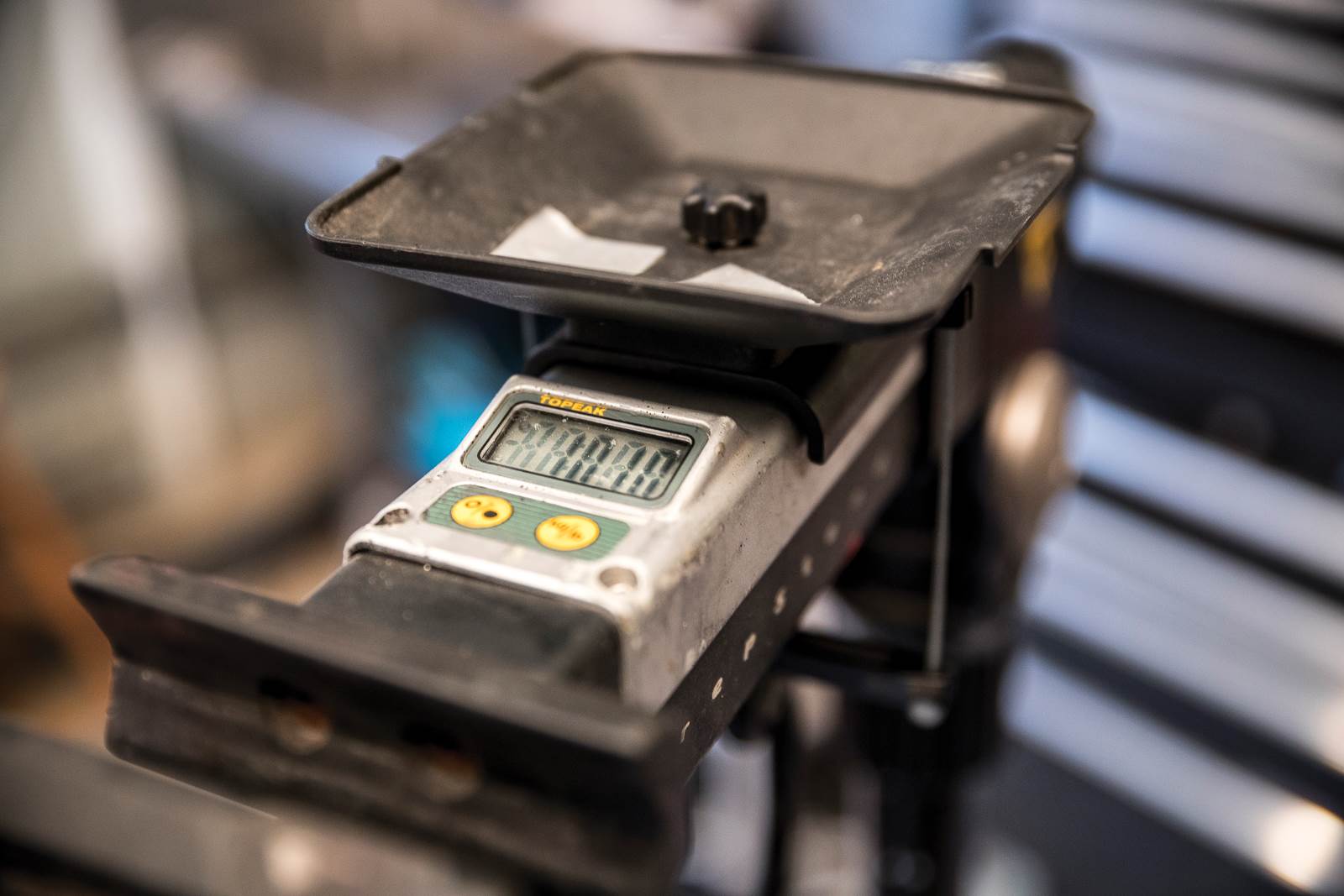
RIM MODEL
XR 361
–
22.5MM Internal rim width
With a rim weight of 390g the XR 361 sits very nicely in the DT Swiss XC line up. The downside to including this rim size as part of this test is that we intend to use the same 27.5×2.4” tyres we will be using for both the XM 421 and XM 481 – this smaller rim is not designed to be used in such an aggressive style that the All Mountain rims are. It’s probable that this lighter and narrower rim size won’t cope with our intended riding style and therefore won’t stand up against its colleagues – XM 421 and XM 481, but let’s not get ahead of ourselves. This rim size represents where a lot of wheels are in the market, so it’s a great comparison for if wider is better.
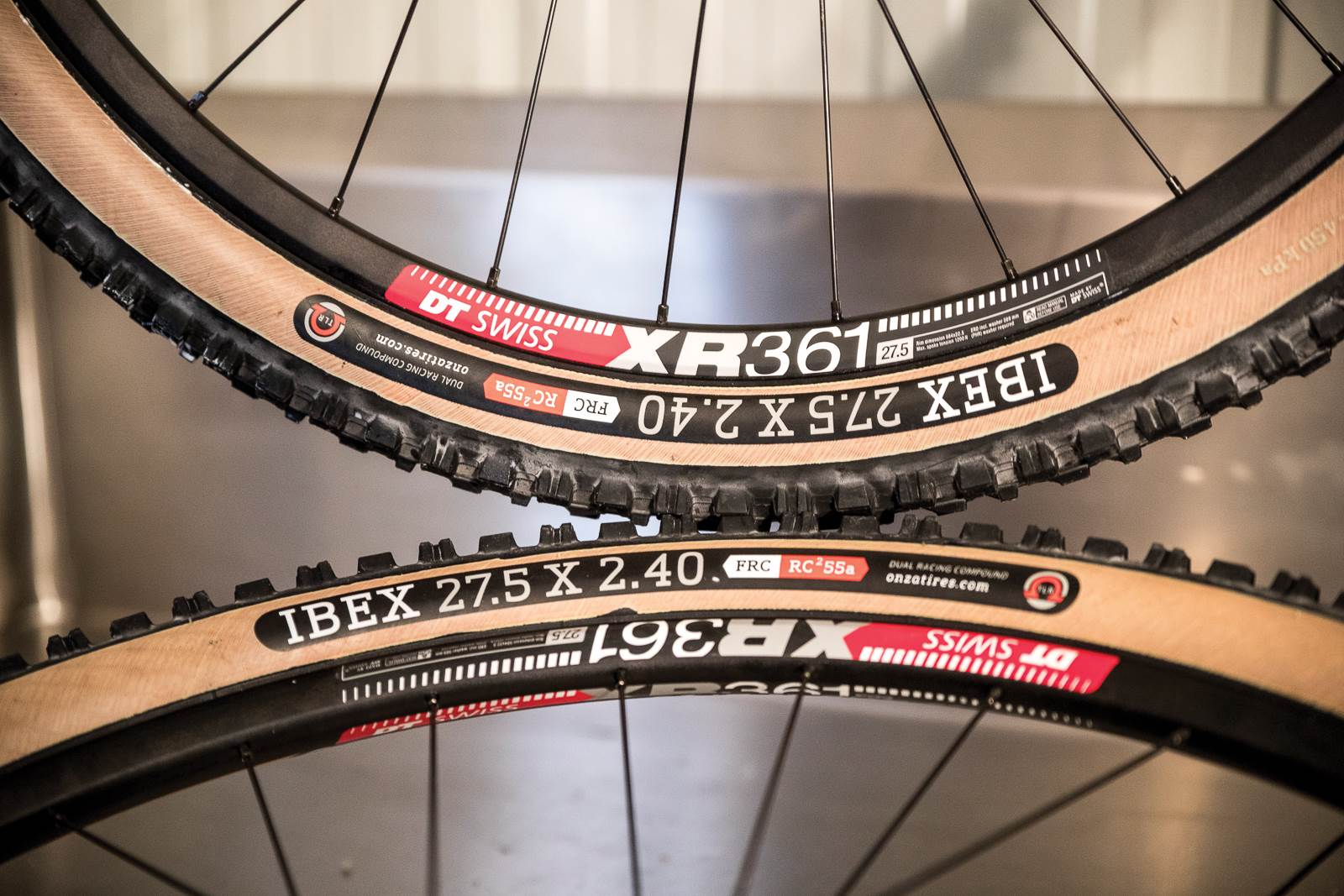
The Ride
With an internal rim width of only 22.5mm the XR 361 is noticeably smaller than our other two test subjects the XM 421 and the XM 481. Kicking off with our baseline air pressures of 27psi in the rear and 25psi in the front we first off hit the Thredbo Flow Track. This resulted in a fairly considered descent as we had to keep reminding ourselves that this is a slim, light XC rim and perhaps more suited to a 27.5×2.2” tyre than the 27.5×2.4” tyre we were using. Repeated runs at Stromlo Forest Park down both trails confirmed the above mindset: these rims are not ideal for the riding style used within this test, but more suited to XC or light trail use that you would do on a 100mm-120mm travel bike
Interestingly, even with this largely different rim width, the XR 361 still had our Onza IBEX tyres sitting at almost the same profile on the rim as the 30mm internal of the XM 481. At the baseline 27psi rear and 25psi front we were getting some good results, though not the same grip levels achieved when using the lower air pressure sweet spot on the XM 481, but considering the rim width of the XR 361, the grip was still steady.
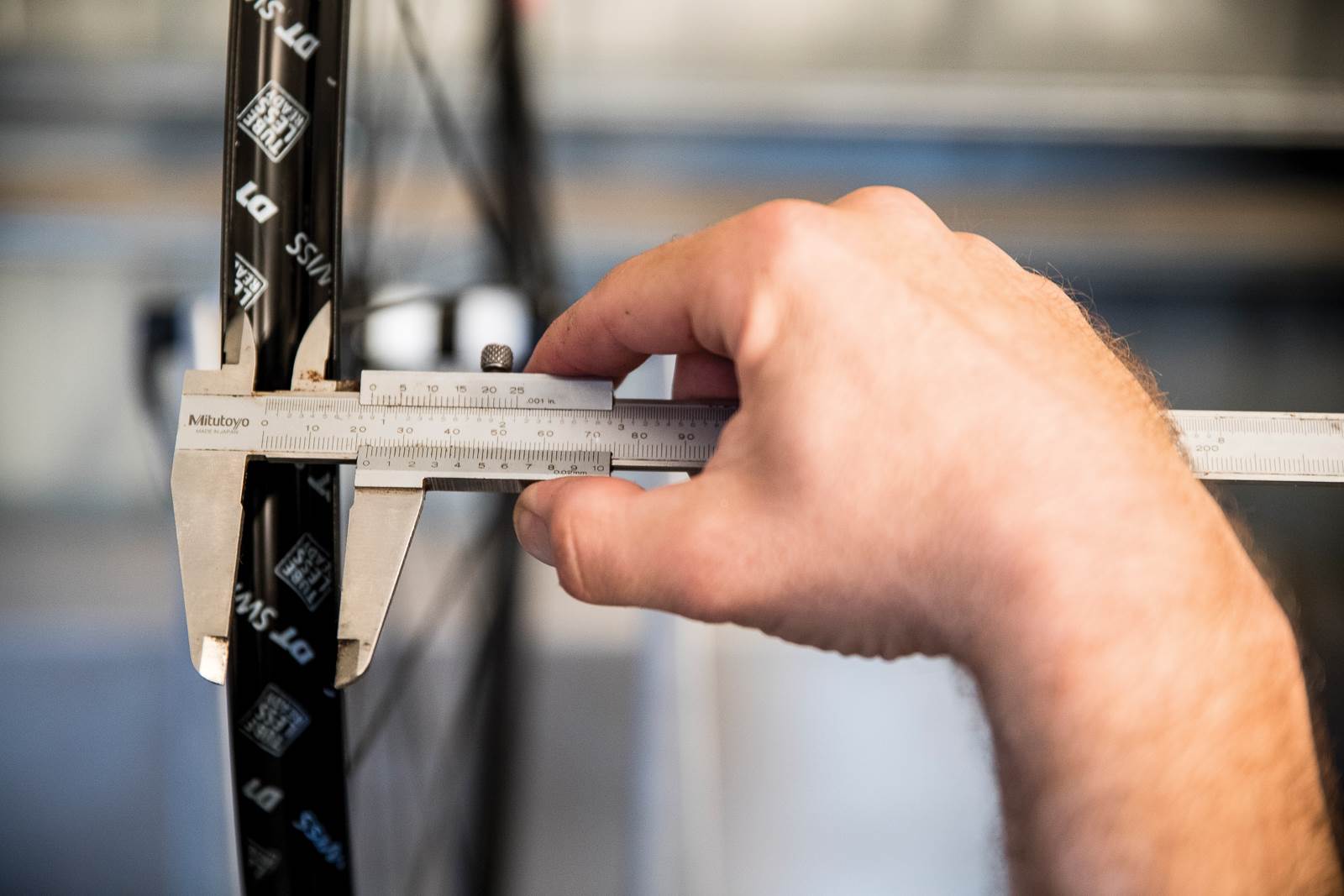
As we were fairly impressed with the ride of the XR 361 with the current baseline air pressure setup we increased the pressure to 30psi rear and 27psi front. Other than a somewhat rougher ride we didn’t experience much change in the way the tyres worked at these higher pressures. However, when riding at really high speeds the rear tyre tended to skip around and wander under the brakes, searching for traction.
Keeping in line with our testing protocol, we repeated our runs with varying pressures until we reached the same air pressures determined to be optimal for the XM 481 (25psi rear and 22psi front). While grip was at an all-time high across all three trails, so too was the crisscrossing pattern on the sidewall of the tyre showing that the sidewalls were experiencing some serious load and pushed hard. At the lowest air pressure settings (23psi rear and 20psi front) the tyres rolled and burped and it meant that we had a long walk down the trail and back to the car.

While the XR 361 was up to the task paired with our 27.5×2.4 tyres, we didn’t see them going the distance in durability and stability due to their lightweight and inability to copy with the amount of strain the tyres sidewalls experienced in order for us to ride with the style as we did with the larger tyres mounted to them. In short, you can fit a wider tyre to rims with this internal width, but you won’t benefit form the better ride characteristics of a wide tyre if the rim doesn’t support it.
XR 361
Claimed rim weight: 390g
Internal width: 22.5 mm
External Width: 26mm
Depth: 7mm
–
Tyre: Onza IBEX 27.5×2.4” skinwall
Tyre weight: 885g average
–
Front wheel weight: 820g
Rear wheel weight: 923g
–
Installation pressure: 25psi
Tyre tread edge to edge: 60mm at 25psi
Tyre casing edge to edge: 56mm at 25psi
THREE RIMS
AND A CONCLUSION
Looking back over the many hours spent on each rim width it is hard to call out a so-called winner. As we were using the same setup with only the rim width changing from test to test we would have to say that overall the XM 481 was the best suited to the 27.5 x 2.4” tyre size we were used, and how we were riding. The large amount of support that the 30mm internal rim gives the tyre means that if desired you could perhaps move up to a 27.5 x 2.5” tyre for that extra grip with out any issues.
By no means are we saying this is the perfect width rim for any bike or any use. But it does come as no surprise that the stand out rim width of 30mm is what we are seeing as close to standard on most 150mm-160mm travel bikes sporting 2.4”-2.5” tyres in all wheel sizes. But next issue we’ll have a test of the DT Swiss XMC 1200 trail wheels that have a 29mm internal, and they are pretty much the same wheels that XC phenom Nino Schurter used in 2017 for such a dominant season, after extensive testing in 2016. So wider rims aren’t just the domain for longer travel bikes, but also aggressive riding no matter the discipline.
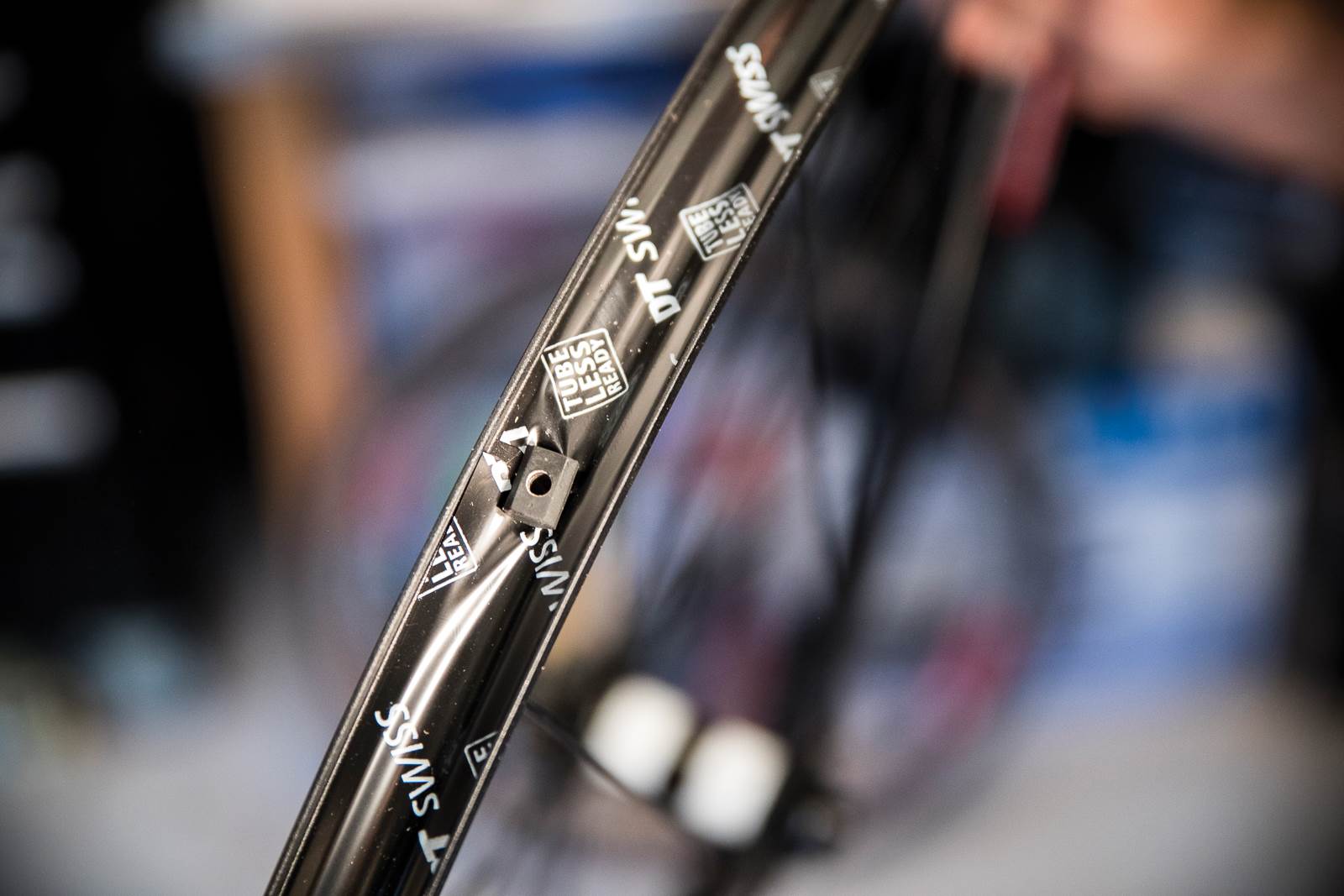
During the testing we were questioned as to why the XR 361 rim was included. With a 22mm internal volume, this model represents the internal volume that so many rims have been using until the past couple of years. So if your wheel set is a little older, chances are the internal rim width is somewhere around 22-23mm. And sure, you can fit wider tyres if you have the frame and fork clearance, but our results should show you why you just might not be getting the ride you expected by doing so. Similarly, the XM 421 with a 30mm external width is a great example of where many of the ‘30mm’ rims on the market sit. It’s a really popular size for modern XC bikes, and while it can suit a 2.4” tyre, they are probably best suited to 2.2-2.35” tyres.
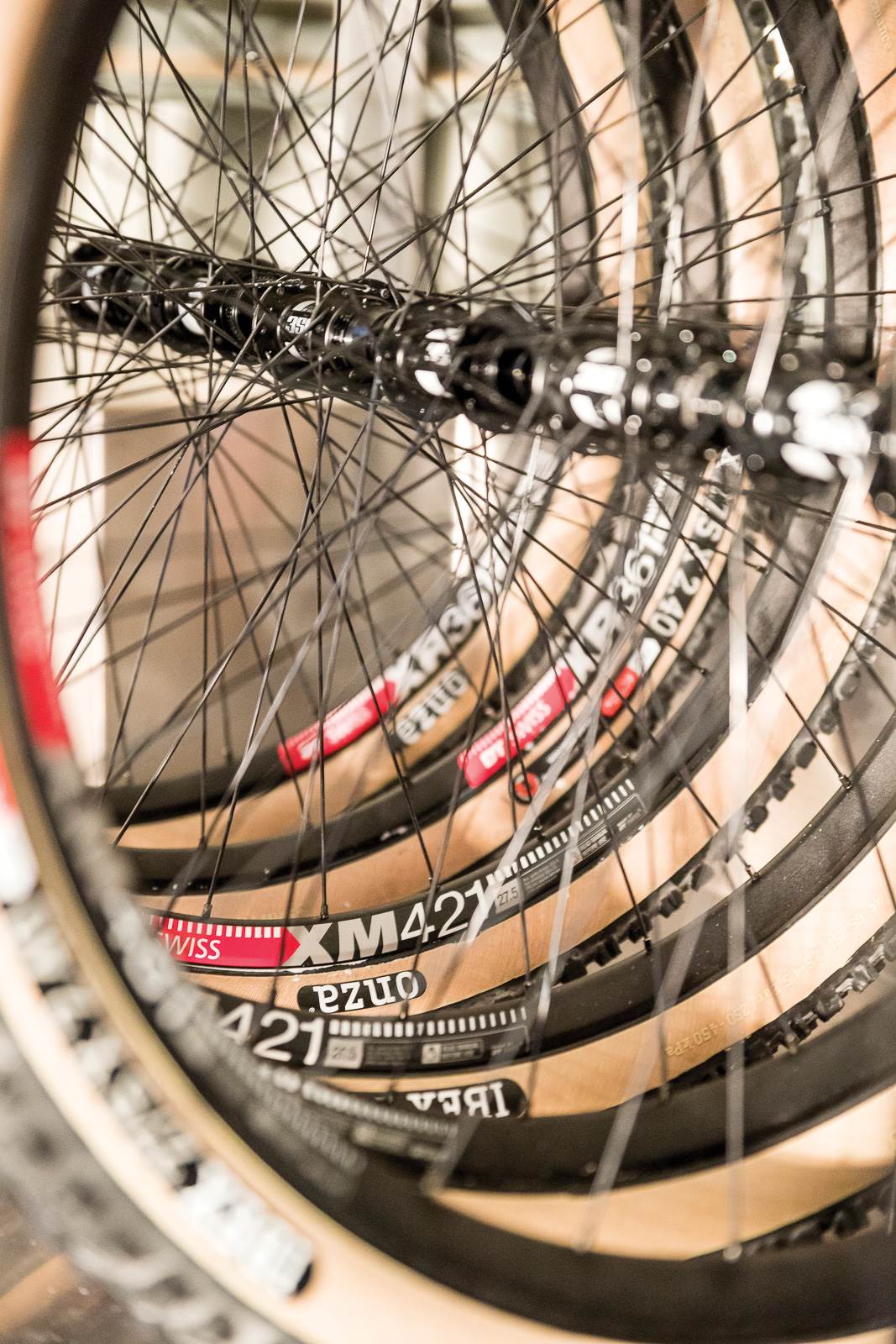
With tyre sizes starting to increase and 2.6”-2.8” tyres popping up more and more we may need to revisit this story this time starting with a 40mm internal rim width. Wider tyres are better supported with wider rims, especially if you want to get the full performance advantages – so if you’re looking for that extra edge in performance from your bike, have a think about your rolling stock and pay attention to internal rim width and optimising your tyre pressures.

